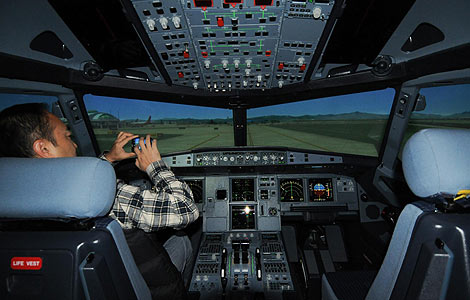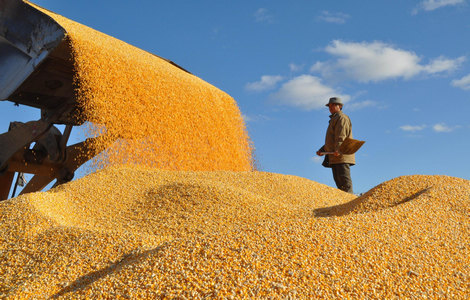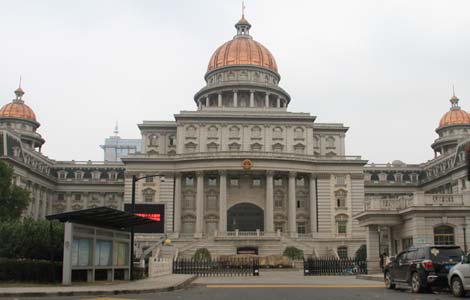
Passengers entering and leaving the country should soon see a reduction in waiting time at the border.
"We’ve invested heavily to improve the technology system and equipment to tackle the congestion at ports," said Li Junjie, deputy director of the Ministry of Public Security’s exit and entry administration bureau.
Speaking to China Daily in Shanghai on the sidelines of an international conference on immigration inspection and service, Li said the technology used by China’s inspection authorities had not kept pace with the sharp increase in passenger inflow and outflow.
As a result, border crossings have experienced congestion from time to time.
But that situation is about to change, Li said.
"We’ve established an application network with the immigration inspection system as its core, and underpinned by the exit and entry administration central database," he said.
It is further supported by systems for global visas, the information forecasting system of passengers on international flights, advance clearance of ships, automated clearance service for passengers and vehicles, as well as closed circuit television monitoring and video and telephone conferencing.
"Through these systems, we’re able to check the situation of any port in the country at any time, and give instructions and orders quickly," Li said. "We can also compile entry and exit statistics, and identify problems happening on the front line and make corrections in a timely fashion."
These systems are important in ensuring safe and smooth immigration clearance, he said.
For example, 416 automated passenger channels for self-service immigration clearance have been set up in 18 big border checkpoints. For passengers who have already had their personal information stored in the database, it takes only five to eight seconds to finish the immigration check procedures at borders.
Among the 410 million passengers arriving and departing last year, 30 percent of them benefited from the automatic clearance. There are 154 automated vehicle channels at six land border checkpoints, and among the 23.7 million vehicles crossing the border last year, 63 percent used the automated channels with clearance shortened to about 10 seconds, according to ministry figures.
In May, the ministry also issued electronic passports for ordinary users, which have further facilitated passengers and enhanced security in immigration clearance, Li said.
In addition, border checkpoints have been equipped with document identification equipment, and a three-level online identification system has been set up to enhance capability to distinguish fake credentials, he said.
According to ministry statistics, there are more than 270 entry checkpoints in the country connected with the international transport network by air, land and sea.
In 2011, the number of arriving and departing passengers at various ports reached 410 million, among which 54.1 million were foreign visitors.
"With such rapid and significant growth, the demands of arriving and departing passengers on the efficiency of immigration checks are getting higher and higher," said Zhou Changhui, a professor on management from Peking University.
"The promotion and upgrading of information technology will greatly reduce management costs and improve efficiency," he said.
"However, global cooperation is needed, such as to share technological innovation and immigration information," he said, adding that countries like Australia and the Netherlands have provided substantial assistance to China in document identification.
zhangyan1@chinadaily.com.cn







